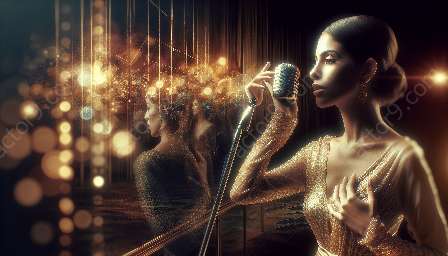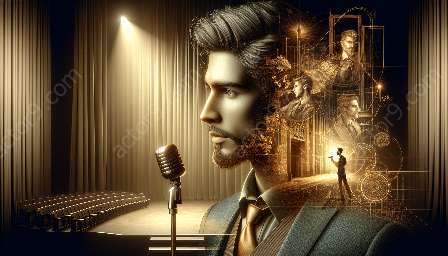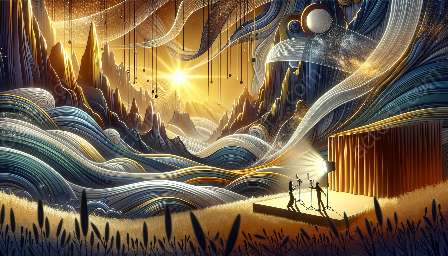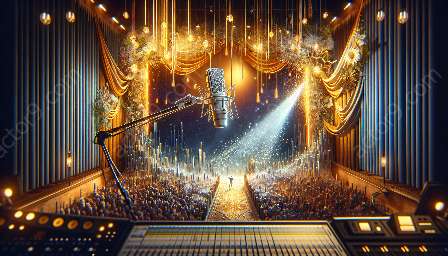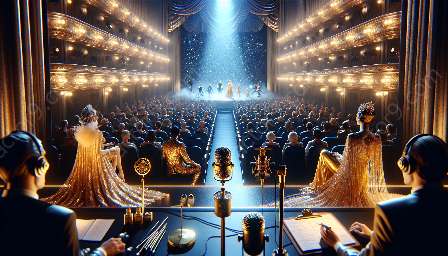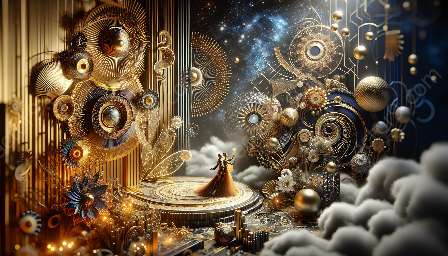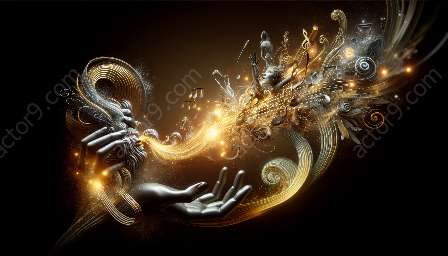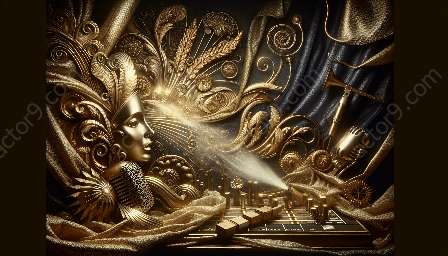Voice Acting for Puppetry
When it comes to puppetry, voice acting plays a crucial role in bringing characters to life. However, the physical performance of the puppeteer can have a profound impact on the overall effectiveness of the voice acting. This topic cluster will explore the relationship between a puppeteer's physical performance and the quality of voice acting in puppetry.
The Connection Between Physical Performance and Voice Acting
While voice acting primarily focuses on the vocal performance, the physical movements and gestures of the puppeteer can greatly enhance the portrayal of the character. A skilled puppeteer understands the importance of synchronization between their physical actions and the voice acting to create a cohesive and convincing performance.
Expressive Gestures and Body Language
A puppeteer's physical performance extends beyond the manipulation of the puppet. The use of expressive gestures and body language can amplify the emotions conveyed through the puppet's voice. By synchronizing their physical movements with the character's dialogue, the puppeteer adds depth and authenticity to the voice acting.
Dynamic Characterization
The physicality of the puppeteer directly influences the characterization of the puppet. Through subtle nuances in movement and posture, the puppeteer can imbue the character with unique traits and personality, which in turn enriches the voice acting performance. A puppeteer's physicality contributes to the overall believability and relatability of the character.
Impact on Vocal Delivery
Furthermore, the physical performance of the puppeteer can significantly impact the vocal delivery. The way the puppeteer manipulates the puppet's movements can influence the phonation, prosody, and resonance of the character's voice. Additionally, the puppeteer's breath control and facial expressions directly affect the vocal nuances, adding layers of realism to the voice acting.
Creating a Cohesive Performance
For a successful voice acting performance in puppetry, the physical and vocal aspects must seamlessly intertwine. The puppeteer's physical awareness, coordination, and expressiveness contribute to a holistic portrayal of the character. By integrating their physical and vocal skills, the puppeteer achieves a cohesive performance that captivates the audience.
Training and Collaboration
Given the intricate relationship between physical performance and voice acting in puppetry, training programs often emphasize the integration of these skills. Puppeteers and voice actors collaborate closely to refine their performances, recognizing the value of a harmonious blend of physicality and vocal artistry.
Enhancing the Puppetry Experience
The synergy between a puppeteer's physical performance and voice acting elevates the puppetry experience for both performers and audience members. It enriches storytelling, fosters emotional connections, and ensures a compelling and immersive theatrical experience.
Conclusion
The physical performance of a puppeteer significantly impacts the quality and depth of voice acting for puppetry. Through expressive gestures, dynamic characterization, and cohesive collaboration, puppeteers elevate the art of voice acting in puppetry, breathing life into their characters and enchanting audiences with captivating performances.


